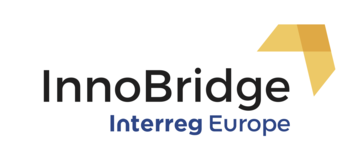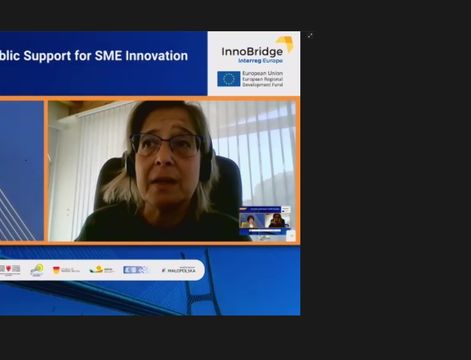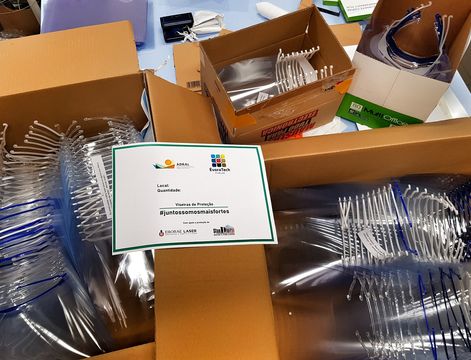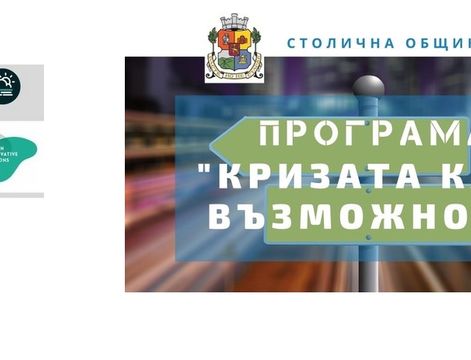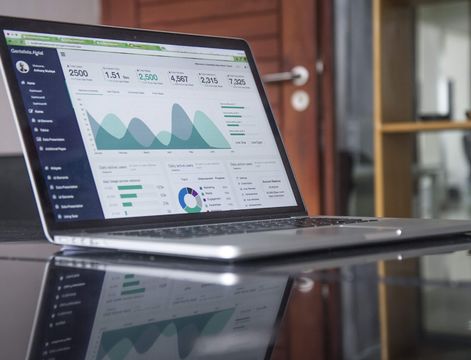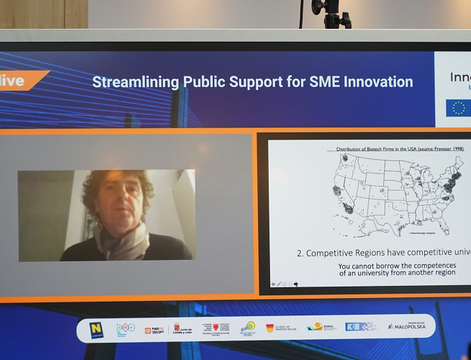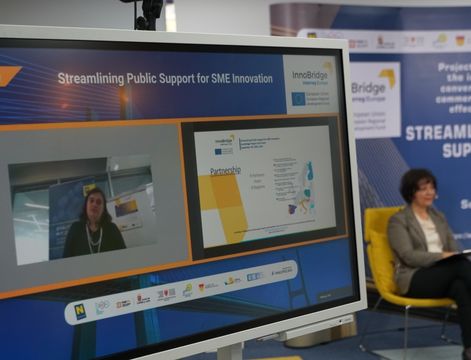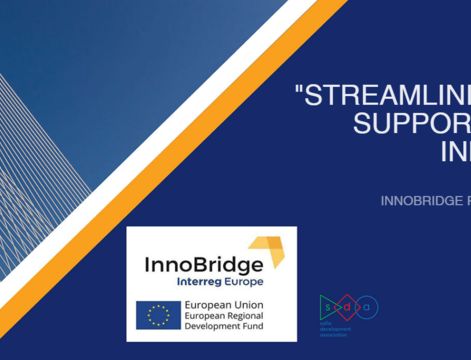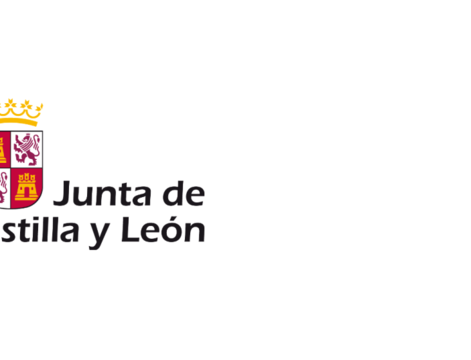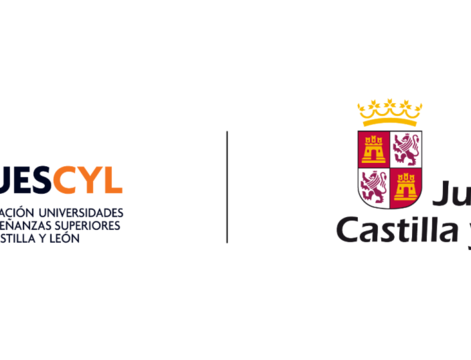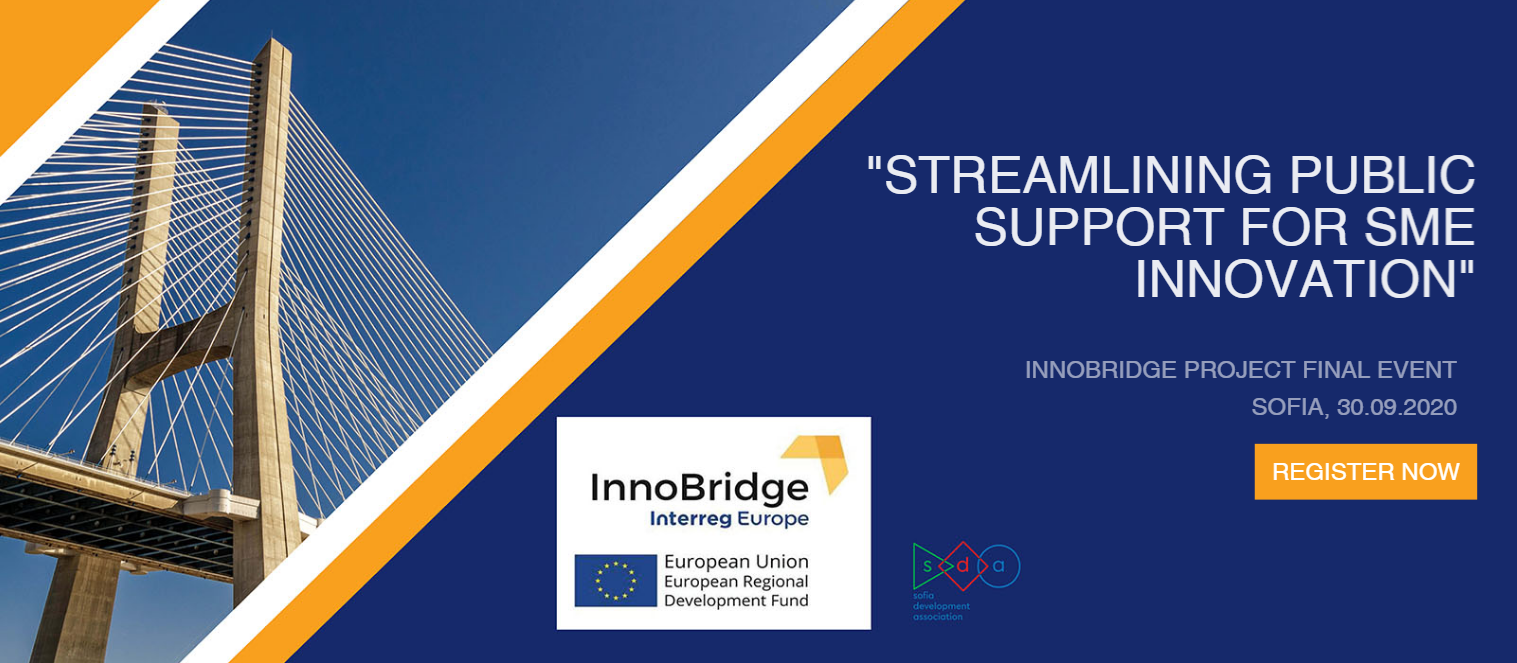Increasing SMEs’ competitiveness is at the core of the InnoBridge project by improving the Innovation Bridge and related policy instruments for SMEs: “Bridging the innovation gap through converting R&D results into commercial success in a more effective and efficient way”. For the definition of this Innovation Bridge project partners decided in the application phase to apply the model “Evolution of activities and technology readiness”. This quite complex model combines the 9 technology readiness levels with 8 different types of activities, which are required to create R&D results and convert them into commercial success. This “Evolution Model” for the purpose of InnoBridge is a basic fundament for the Peer Reviews of partners’ policy instruments, the Action Plans to be elaborated and the overall InnoBridge concept.
In the first 9 project months InnoBridge partners have organised 3 Interregional Learning Workshops (ILW), combining different learning methodologies with validation of the Evolution model and 4 Peer Reviews. It was crucial that all InnoBridge partners started strong interactive collaboration and intensive work on the project objectives from project month 1 on. This attitude of all partners has formed a strong partnership in semester 1 and is a driving force of InnoBridge.
In the meantime partners have already elaborated a concept paper for a better understanding of the Technology Readiness Levels (TRL) with comparison of different TRL systems and have developed the Peer Review Guideline. The Peer Review Guideline, to be filled in by the respective provider of the policy instrument, provides all partners with relevant information about the reviewed policy instrument (services, target group, resources/networking, impact) and the regional context – a perfect preparation for the Peer Review workshop itself.
The first 4 Peer Review workshops were hold in project month 6 and month 9. Regarding the application of the “Evolution Model” it was confirmed by partners that it is a very helpful tool for the provider to characterise its policy instrument in a more systematic way. At the same time the position of the single policy instrument services in the “Evolution Model” improves the understanding of the other partners and to identify gaps within the policy instrument. But to describe and position existing or potential policy measures complementary to the reviewed policy instrument in order to close identified gaps, is more complex than expected. This shortness will be analysed in detail during the next 4 Peer Review workshops before the elaboration of the InnoBridge concept paper.
In parallel partners have started with the identification of their Good Practices and are working on the descriptions. These Good Practices will also be linked with the evolution model. End of this year InnoBridge partner will organize a capacity building workshop on the identified Good practices with presentations, round tables and bilateral speed dates about the transfer and integration of these Good Practices into the policy instruments of other InnoBridge partner regions.
During the 2nd semester of the InnoBridge Project, one more Interregional Learning Workshop has been organized:
The 3rd InnoBridge Interregional Learning Workshop has taken place in Évora on 12th, 13th and 14th of December, hosted by the Partner ADRAL – Alentejo Regional Development Agency, in which the two Peer Review Workshops for the policy instruments of Alentejo and Malopolska have been introduced. During ILW 3, the process and methodology for development of Regional Action Plans have also been presented by Lead Partner Lower Austria and discussed with all partners.
On-site study visits with connection with the policy instrument of the reviewed Region has taken place.
